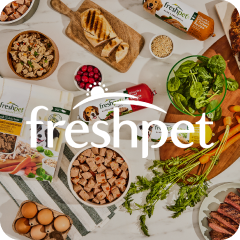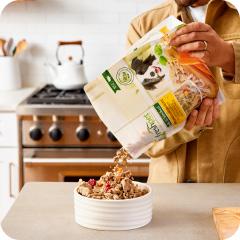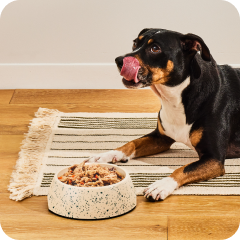popular searches

Freshpet
Our signature recipes. Delicious meals made with fresh, high-quality ingredients.

Our company
Meet the pet-loving humans behind Freshpet.

How it’s made
Every wholesome recipe starts with high quality proteins and farm-fresh fruits & vegetables.

Our planet
We’re driven to nourish pets while protecting our planet.

Benefits
You'll see noticeable differences in your pet when switching to fresh.

Our pledge to pets
We do everything we can to keep pets healthy and happy.
